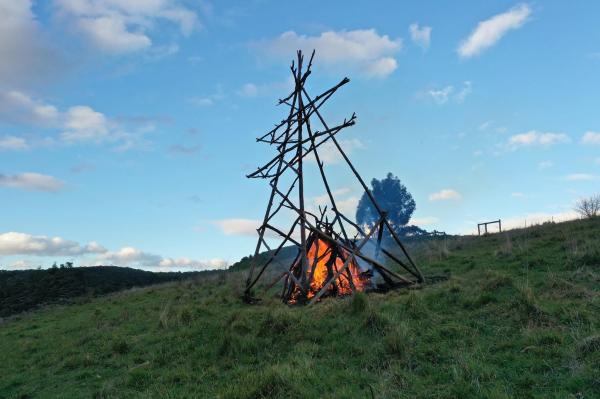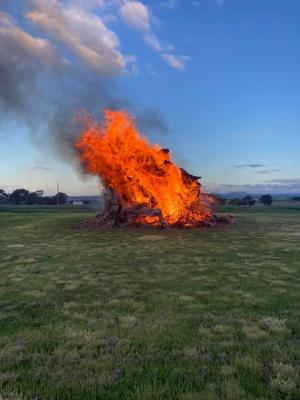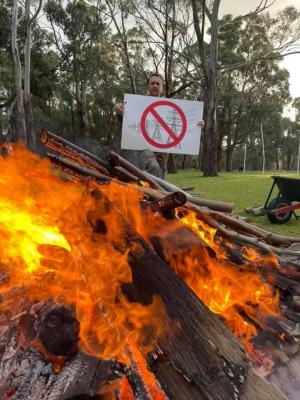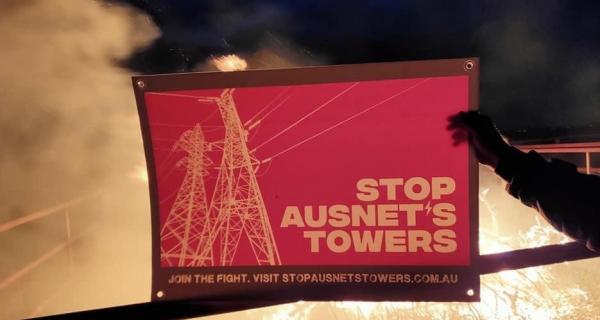Protests against high-voltage transmission lines running through properties have heated up, with hundreds of landowners fired up about the plans joining the latest action against the project.
Community members along the proposed Western Victoria Transmission Network Project (WVTNP) transmission corridor recently lit up the skies with bonfires in a joint stance against the proposed 190-kilometre transmission line stretching from Bulgana near Stawell through Moorabool and Melton to Sydenham.
Community alliance Stop AusNet’s Towers spokeswoman Emma Muir estimated more than 460 landowners lit up bonfires as part of the COVID-safe protest.
Ms Muir said the community demonstrated a united stance “against this appalling and ill-conceived project” and showed they are prepared to stay the course.
“AusNet’s continued absence of genuine community consultation and its recent stand over tactics and bullying as they attempt to gain access to private properties across Western Victoria has a community ready to boil over,” she said.
“It was amazing to see a line of 460 plus fires along the line, the community really came together. We could see bonfires all around our property for miles.”
A community campaign backed by Moorabool council has been pushing for the lines to be buried underground, a proposal AusNet says remains on the table.
Ms Muir said Energy minister Lily D’Ambrosio must be held accountable and send the project back to the drawing board.
“Victorian’s deserve a renewable energy future that is founded on innovative, reliable and scalable technology, because we do not want to see our energy future disabled with outdated and dangerous technology like the WVTNP,” she said.
Bunninyong MP Michaela Settle recently added her voice to calls for a rethink, writing to Australian Energy Market Operator Daniel Westerman demanding a complete redrafting of the plan.
AusNet argues the selection of the preferred corridor route takes into consideration the location of private residences, the surrounding landscape, the environment, cultural significance and the agricultural use of land.
Benjamin Millar













